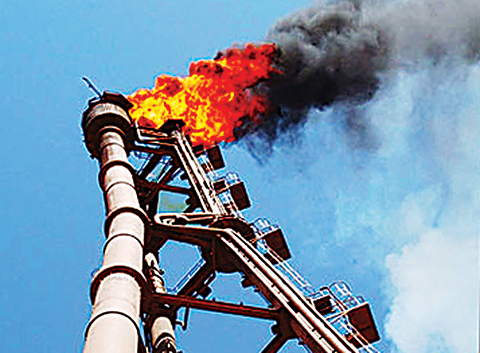 KUWAIT: Kuwait plans to develop four oil and gas fields in the north as part of its longer term plans for expanding output. Kuwait intends to increase output to 4 million barrels per day by 2020, though delays in the development of new upstream projects, a difficulty attracting foreign investment (due to disagreements on terms) and a recent shutdown of output from the Divided Neutral Zone due to a disagreement with Saudi Arabia, have hindered the objective.
KUWAIT: Kuwait plans to develop four oil and gas fields in the north as part of its longer term plans for expanding output. Kuwait intends to increase output to 4 million barrels per day by 2020, though delays in the development of new upstream projects, a difficulty attracting foreign investment (due to disagreements on terms) and a recent shutdown of output from the Divided Neutral Zone due to a disagreement with Saudi Arabia, have hindered the objective.
In the most recent project, Kuwait aims to add 120,000 barrels of oil equivalent per day, reports MEED. Kuwait Oil Company invited companies Aug 9 to bid on the project. "The move is part of a drive to compensate for lost production in the Divided Zone, which is shared with Saudi Arabia and which saw its oil and gas production reduced to zero earlier this year amid an ongoing dispute over land use," reports MEED.
Kuwait has more than an estimated 100 billion barrels of proved oil reserves not counting the 5 billion barrels of proved reserves in the Divided Neutral Zone, which is owned 50-50 with Saudi Arabia.
But there are many challenges to opening new fields. The Kuwait Constitution prohibits foreign ownership of Kuwait's natural resources. This limits international oil companies (IOCs) to 'service provider' roles as they are banned from exploring for oil or strategic ownership of the fields themselves. Kuwait has typically offered enhanced technical service agreements. As a result, many international oil companies have limited investments in Kuwait.
KPC announced a $75-billion capital spending plan over five years (2015-20) for the upstream sector ($40 billion) and the downstream ($35 billion) sector, according to MEES. In efforts to continue economic reform and funding for large infrastructure projects, this plan encompasses some of the delayed projects that were part of the five-year spending plan expiring at the end of 2014.
Kuwait intends to upgrade its production and export infrastructure, expand exploration, and build downstream facilities, both domestically and abroad. According to the US Energy Information Administration, to achieve its 2020 target, IOC investment and participation will be necessary.










